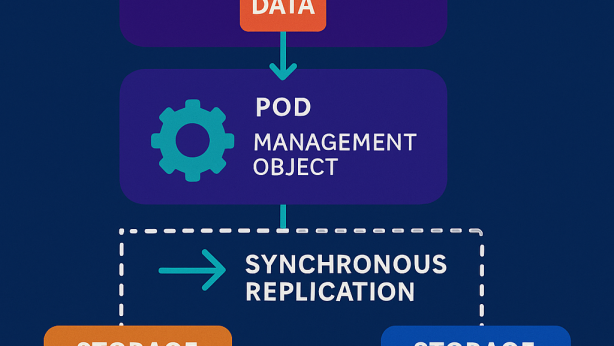OPTIMIZING A MEDIA CAMPAIGN WITH SUB-DESIGNATED MARKET AREA ZONES AND WEIGHTED MEDIA CHANNELS AND AUDIENCES
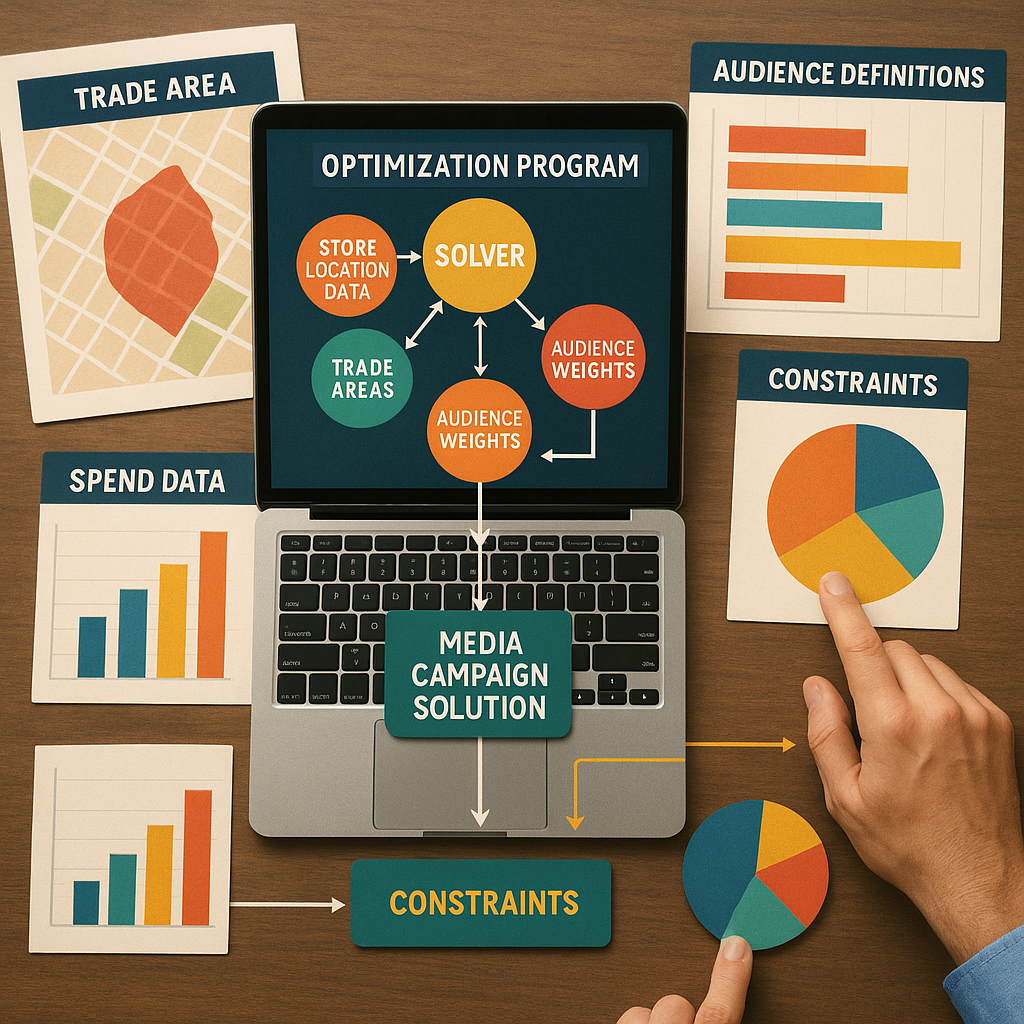
Invented by Potter; Earl, QUAD/GRAPHICS, INC.

Running a media campaign can feel like throwing darts at a moving target. You want every dollar to count, every ad to reach the right person, and every channel to work together. But what if there was a way to make this process smarter, easier, and more effective? That’s exactly what this new patent application aims to do. In this article, we break down how this invention changes the game in campaign optimization, what makes it different, and why it matters for marketers in today’s world.
Background and Market Context
Let’s start by looking at how media campaigns work today and the problems marketers face. Businesses spend a lot of money to get their message out. They use many ways to do this: TV, radio, newspapers, digital ads, mailers, billboards, and more. The goal is simple – reach as many people as possible in the right places, with the right message, and do it without blowing the budget. But it’s not as simple as it sounds.
Most companies still depend on old methods. They might look at what worked last year and make a few changes. Maybe they spend a bit more on digital, or cut back on print. Sometimes, they use models that show what channels worked before, but these don’t always consider new ways to reach customers. Other times, they use planning tools from big companies that give broad suggestions based on data from many advertisers. The problem? These don’t look closely enough at local needs or the unique mix of stores, audiences, and budgets that each business has.
Think about a retail chain with dozens or even hundreds of stores. Each store is in a different place, with its own customer base. The people who shop at the store downtown are not the same as the ones in a suburb or a rural area. The ways you can reach them are different too. TV ads might work in one place, but not in another. Print mailers might be better in certain zip codes. Budgets are always tight, so wasting money on ads that don’t reach the right people isn’t an option. And with so many channels and products – TV stations, newspapers, digital platforms – figuring out the best mix is almost impossible by hand.
In short, the world has changed. Customers are everywhere. Media channels have multiplied. Data is available, but it’s messy and hard to use. Marketers need tools that can help them make smarter choices. They want to know: Which channels work best for my stores? How much should I spend, and where? How do I make sure every dollar is working as hard as possible?
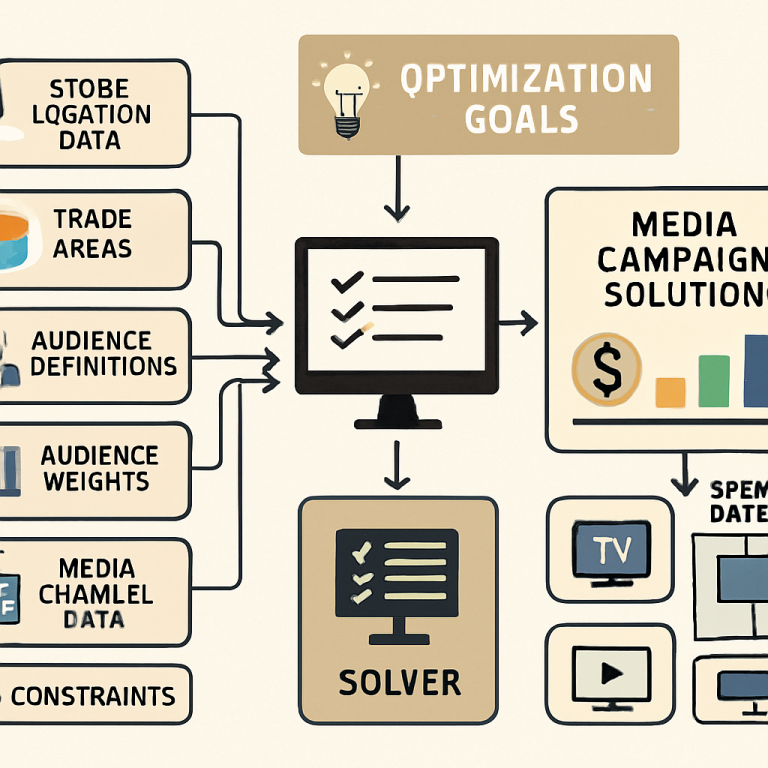
This is where the invention in this patent application comes in. It offers a new way to solve these challenges by using data, smart software, and a clear focus on local needs. It’s not just another planning tool; it’s a system that lets marketers build, test, and run better campaigns from the ground up. It puts the right information in their hands, helps them make better decisions, and even automates parts of the process, like printing and distributing ads. The result? Less waste, more reach, and better results for every campaign.
Scientific Rationale and Prior Art
To understand what makes this invention special, we need to look at how campaign planning has worked in the past and why those methods fall short today.
For years, the main way to plan a campaign was to use last year’s plan as a starting point. Marketers would make some tweaks based on what they thought went well or didn’t. This approach is simple, but it’s risky. It relies on gut feelings, past habits, and human bias. It doesn’t take full advantage of all the data that’s now available. And it doesn’t keep up with changes in the market, new channels, or shifting customer behavior.
Some companies use media mix models. These look at past campaigns and try to find patterns: what channels brought in the most customers, or what mix of TV and digital gave the best results. Media mix models are helpful, but they have big limits. They can’t always factor in new channels that weren’t used before. They are often built for broad, national campaigns, not the unique needs of a local store or a specific audience. They also tend to look backward, not forward.
Another approach is to use syndicated planning tools. These tools offer data and suggestions based on what many advertisers are doing. They can help marketers see big trends, but they don’t offer much detail at the local level. They can’t tell you how to reach people in a particular zip code, or what kind of mailer works best for a certain neighborhood. They often can’t handle different constraints, like specific budgets, channel rules, or product limits. And they usually can’t tie together all the channels – print, TV, radio, digital, and more – in one plan.
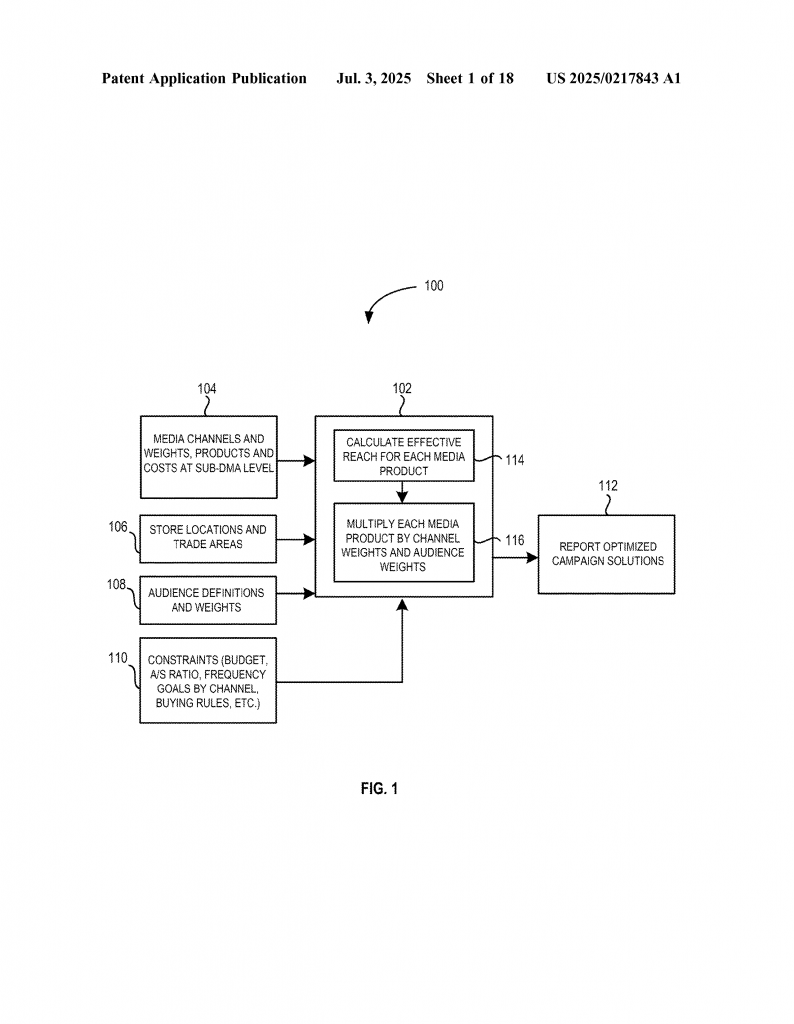
What does the new invention do differently? It brings together ideas from several fields: optimization, data science, and practical marketing. At its core is the use of a “solver” – a smart piece of software that can take lots of information, consider many rules and limits, and find the best answer. Solvers have been used in other fields, like logistics or scheduling, but applying them to media campaigns in this way is new.
This invention also uses data at a much finer level. Instead of looking at big regions (like entire cities or markets), it can work with very small areas – even down to zip codes or neighborhoods. It uses data about stores, their trade areas (the region around a store where customers come from), the makeup of the audience, and the details of every media product. It can handle all the messy overlaps – where a TV ad might cover several store areas, or a mailer only reaches part of the audience. It factors in costs, budgets, and even special rules (like a newspaper that requires you to buy ads in three zip codes if you want to buy one).
What’s more, it doesn’t just spit out a plan. It gives marketers tools to see the results, adjust their choices, and even run the campaign – from sending budgets to agencies, to printing and distributing ads. And because it works at the local level, it helps businesses fine-tune every part of their campaign, store by store and channel by channel.
In short, while past tools gave broad advice or looked at the past, this invention offers a smarter, more detailed, and more actionable way to plan, run, and improve campaigns.
Invention Description and Key Innovations
So, how does this invention work, and what makes it stand out from the crowd? Let’s break it down in simple terms.
The heart of the invention is a system and method for optimizing media campaigns. It uses a solver – think of it like a really smart calculator. This solver takes in lots of information:
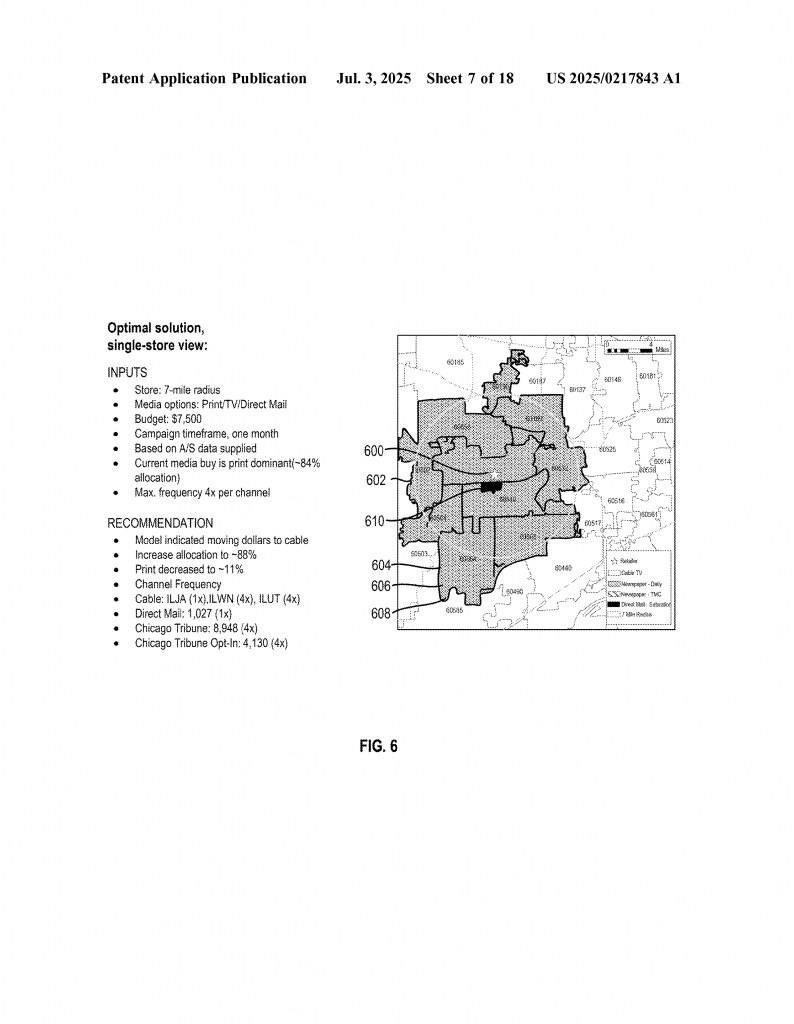
- Where each store is located.
- The trade area around each store (how far people are willing to travel).
- Who the target audience is, where they live, and what they care about.
- The weights for each audience (some customers are more valuable than others).
- Details for every media channel and product (cost, coverage area, and importance).
- Any rules or limits, like the total budget or how many times you can run an ad in a channel.
With all this, the solver finds the best way to spend the budget across all the channels, stores, and regions. The goal is to maximize “effective reach” – that means getting the ad in front of as many of the right people, as often as needed, and not wasting money on the wrong audience.
One big innovation is how the system deals with overlap. In the real world, media channels don’t map neatly onto store areas. A TV ad might cover a huge region, but only part of that overlaps with the trade area for a store. A mailer might go to every house in a zip code, but not all those people shop at your store. The solver uses two methods to handle this:
Probabilistic overlap: It estimates what percentage of the audience in a media product’s area matches the store’s trade area. This is useful for big channels like TV or newspapers.
Deterministic overlap: For channels that can target individual households (like addressable mail), it matches exactly which homes fall within the trade area and audience definition.
This level of detail means the system can make better choices for every dollar spent. It can suggest moving money from one channel to another, or from one region to another, to get the most reach for the budget. It can handle complex rules – for example, if you want to buy ads in one zip code, you may be required to buy in others too. The system can also adapt to changes, like new budget limits or different campaign goals.
Another standout feature is how the system ties everything together in one place. Marketers can upload all their data – store lists, audience files, media options, and more. They can set their goals and rules. The system does the heavy lifting, crunching thousands of calculations that would be impossible by hand. It then shows the results in easy-to-understand charts, tables, and maps. Marketers can see, for each store or region, exactly how much to spend, what channels to use, and what kind of reach to expect.
Execution is built in. Once the plan is set, the system can send instructions to ad agencies or print shops. If the recommendation is to run a certain number of mailers, it can send the budget and addresses to the printer. For digital or TV, it can send the plan to the right partners. This cuts down on mistakes and delays. It also means that data from the campaign can be fed back into the system, so the next campaign can be even smarter.
The system is flexible. It works for big national brands or local stores. It can handle campaigns with only a few products or thousands. It helps marketers test different scenarios – like what happens if the budget goes up or down, or if they want to try new channels. It also helps them avoid wasted spend – money that goes to ads no one sees, or that reach the wrong people.
By putting all these tools in one place, the invention gives marketers more control, better information, and faster results. It helps them make every dollar count, reach the right people, and adapt quickly as things change. In a world where media is always shifting, that’s a big step forward.
Conclusion
Media campaigns are more complex than ever, but this invention offers a new way forward. By combining smart software, detailed data, and actionable planning, it helps marketers build better campaigns from the ground up. It takes the guesswork out of media spend, makes every dollar work harder, and brings clarity to a messy process. Whether you’re running a campaign for one store or a thousand, this system puts you in the driver’s seat. The future of media planning is smarter, faster, and more local – and this invention leads the way.
Click here https://ppubs.uspto.gov/pubwebapp/ and search 20250217843.

